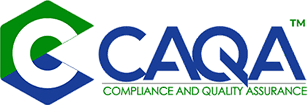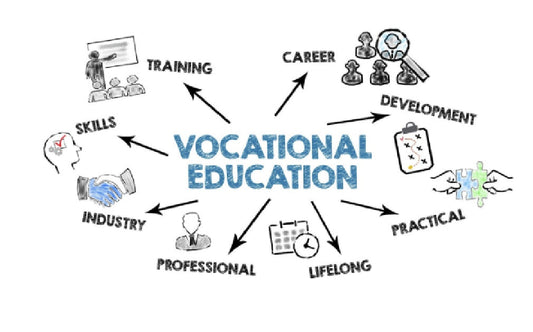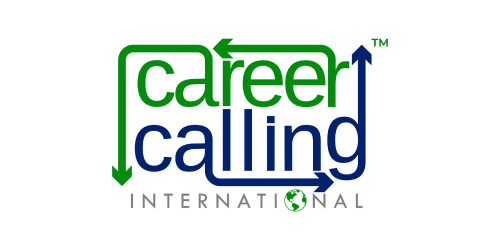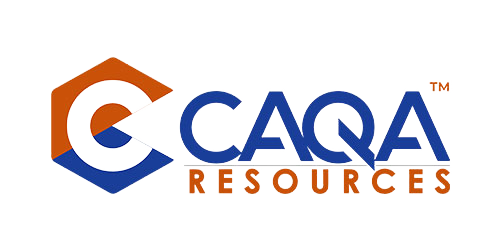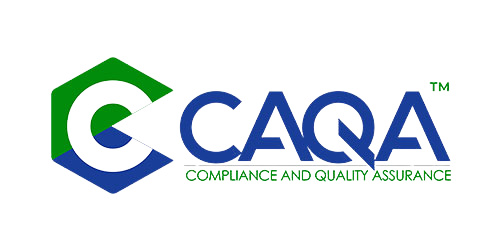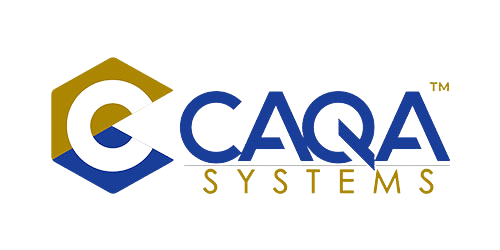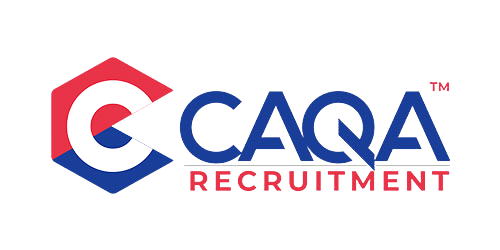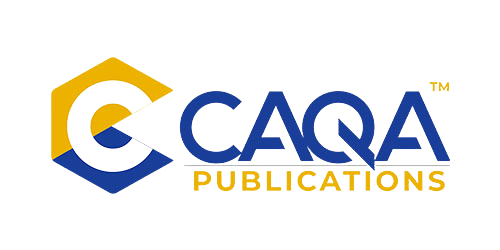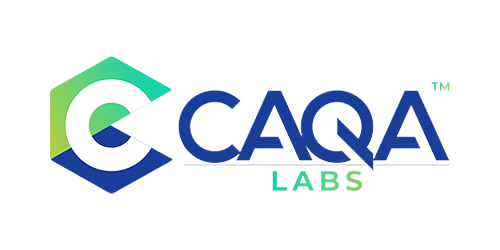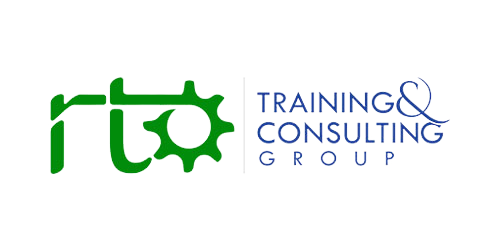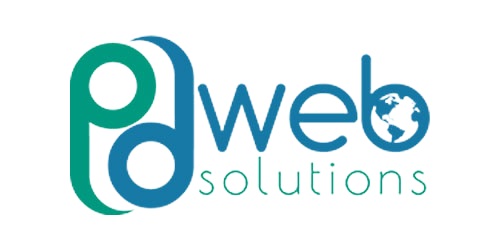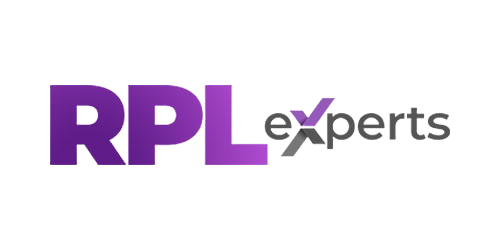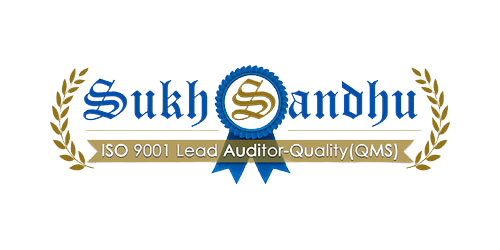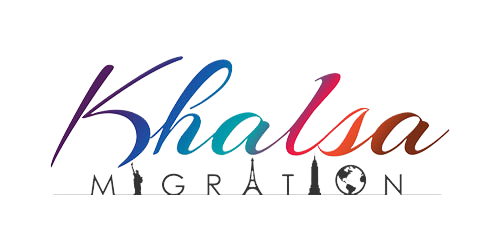Overview
Australia’s vocational education and training system should be a trusted engine for the nation’s skills pipeline. It educates millions each year, feeds critical industries, and supports economic and social mobility. Yet the integrity headwinds facing Registered Training Organisations are now the strongest in a decade. Enforcement statistics from the national regulator, combined with tougher visa integrity settings and multi-agency operations, show a sector under the most intensive scrutiny in its modern history. The story is not only about misconduct. It is about a decisive regulatory pivot to outcomes, evidence and accountability, and about how genuine providers can thrive by being verifiably excellent.
This article sets out the scale of the threat, the enforcement architecture now in motion, the new obligations created by the 2025 Standards, and a practical pathway for leaders who want to turn compliance into competitive advantage.
The scale of the threat: what the numbers say
As at 31 March 2025, the Australian Skills Quality Authority confirmed it directly regulated 3,843 providers, roughly 92.97 per cent of the national market, with the balance overseen by Western Australia’s TAC and Victoria’s VRQA. Inside that footprint, ASQA’s Investigations and Enforcement team was managing more than 189 serious matters involving 154 providers. About 62 per cent of those providers deliver to international students, and more than 74 per cent of the cases involve alleged fraud such as bogus qualifications, cash for certificates, fabricated assessment evidence, ghost colleges and funding fraud. Over 60 per cent of matters are linked to multijurisdictional operations, including Operation Inglenook and the Fraud Fusion Taskforce. These numbers are not abstractions. They explain why enforcement posture has hardened and why integrity is now the primary enterprise risk for every RTO leadership team.
Across 2024–25 to the March quarter, ASQA’s monitoring program reflected a sector still wrestling with core delivery and assessment obligations. Of 219 performance assessments completed, 171 resulted in findings of non-compliance, and just over half of those providers returned to compliance after intervention. Early intervention measures were deployed at pace, including 92 site visits and 85 amber letters to ESOS providers to correct reporting obligations. These interventions are not gotchas. They are early warning signals that help genuine providers course-correct before risks become sanctions.
The regulator has also cancelled more than 26,000 qualifications and statements of attainment issued by several deregistered providers since late 2024. It issued 16 infringement notices worth $396,000 in the March quarter alone under the National Vocational Education and Training Regulator Act. Each of these actions carries human consequences for learners and employers. Each also sends an unambiguous message that fraudulent issuance is a public safety problem, not simply a technical breach.
Why is gatekeeping tighter at market entry
The most immediate structural change is visible at the front door. ASQA reported a marked increase in rejected initial registration applications, with 72 rejections by the third quarter of 2024–25 compared with 38 across 2023–24. This aligns with a tougher market entry regime focused on beneficial ownership visibility, fit and proper person integrity and phoenix risk detection. For high-integrity entrants, this is healthy. It screens out shadow controllers and undercapitalised ventures that cannot support quality delivery. For existing providers, it foreshadows a similar standard of transparency whenever ownership changes or control shifts.
The risk signature of non-genuine delivery
ASQA’s public risk priority statement names non-genuine providers and bad faith operators as a critical threat to the integrity of Australian VET. It highlights specific vectors such as fraudulent qualification issuance, funding fraud, phoenixing, border integrity breaches and infiltration by serious and organised crime. It also provides operational red flags that every compliance team can translate into controls: enrolment spikes unmatched by trainer or facility capacity, mass completions in unrealistic time frames, recycled or manipulated assessment evidence, clusters of agent-sourced students without due diligence, and attendance data that contradicts delivery plans. Treat this as a checklist for weekly risk huddles.
International education integrity: settings, signals and pressure points
The integrity shift is not only domestic. From 10 May 2024, the minimum funds requirement for a Student visa rose to A$29,710. This measure sits alongside the Genuine Student requirement and a risk rating system that directly affects provider eligibility and visa approval rates. It was designed to reduce non-genuine applications and visa-linked fraud pathways that bad actors exploited during the post-pandemic surge. Combined with stronger English settings and stepped-up monitoring, the effect through 2024 was a sharp fall in VET visa grants, followed by mixed signals into 2025 as caps planning and risk ratings recalibrated demand. Providers with fragile business models or weak agent oversight felt the pressure most.
For genuine providers, this environment rewards verifiable value. Strong completion and progression rates that align to training package intent, credible work-placement arrangements, and clear student support pathways now contribute not just to outcomes, but to regulatory confidence that can improve risk ratings and ease operational friction.
Multi-agency enforcement: from episodic to embedded
Operation Inglenook began as an ABF-led push to disrupt the exploitation of the temporary visa program. It has since become an enduring capability integrated into immigration compliance operations, with public reporting of border refusals and network-level disruptions. ASQA’s Regulation Reports document regular cooperation through Inglenook and through the Fraud Fusion Taskforce. The latter fuses intelligence from more than twenty government agencies across programs such as education and the NDIS to detect and disrupt fraud at scale. The message is simple. Audits no longer occur in silos. Where risk indicators light up in your enrolment, issuance or marketing data, you should expect cross-agency interest.
Enforcement consequences: lessons from cancellations and revocations
The deregistration of several high-risk providers in late 2024 and early 2025 came with consequential qualification cancellations, particularly in care, first aid and construction fields. Thousands of graduates were required to validate credentials or face revocation, and employers had to triage workforce risk quickly. This is the starkest reminder that fraudulent issuance is not a victimless breach. It compromises public safety, undermines confidence in genuine graduates and forces costly remediation by employers and governments alike.
For compliant RTOs, the lesson is twofold. First, do not underestimate the reputational contagion effect. Even if you operate to high standards, employer trust can soften when headlines focus on misconduct elsewhere. Second, prepare evidence packs that demonstrate why your training and assessment systems could not produce a fraudulent outcome. In an outcomes-based regime, that proof is your antidote to suspicion.
The 2025 Standards: flexibility with a higher bar
From 1 July 2025, the revised Standards for RTOs came into full effect. They represent a shift from prescriptive inputs to demonstrable outcomes. Flexibility is real, yet it raises the bar for evidence. Providers must show that training is structured and paced for progression, with sufficient time for instruction, practice, feedback and valid assessment. Governance systems must detect and mitigate risk in real time, not just on paper. Trainer competence must meet the Credential Policy in practice. Information and student support obligations must be visible in records across Quality Area 2. The regulator has been explicit that it will not prescribe a single training and assessment strategy template because planning must be provider-specific and aligned to the AQF volume of learning and actual delivery conditions.
ASQA’s Practice Guides are now the definitive interpretation aid. They outline expectations under the Outcome Standards and Compliance Standards, including information and transparency, integrity of nationally recognised training, risk management and fit and proper person requirements. Reading them is necessary. Mapping them to systems, evidence repositories, and day-to-day decisions is what will keep you safe.
Data, intelligence and technology: how oversight is changing
Regulation in 2025 is visibly more data-driven. ASQA’s quarterly reporting shows a tight loop between tip-offs, intelligence reviews, site visits, performance assessments and sanctions. The tip-off line recorded 2,366 reports between 1 July 2024 and 31 March 2025, and complaints via the legacy channel fell as intended, as whistleblowing moved to the confidential service. For providers, the practical implication is twofold. First, assume that anomalies in your AVETMISS, USI use, attendance data or completion patterns will be compared with sector baselines. Second, design your own analytics to stay ahead of that scrutiny and to detect the same patterns regulators look for.
The corporate plan for 2025–26 codifies this approach. It commits to visible, proactive and data-driven regulation, partnered across government and focused on risks that most threaten quality outcomes for the community. That strategy aligns with a multi-year uplift in regulatory capability and an explicit intent to use intelligence to prioritise investigations and interventions.
The economics of integrity: cost and opportunity
Integrity failures have a price. They trigger re-assessment costs, internal reviews, external audits, legal fees, insurance pressure and brand damage. They can derail employer partnerships and slow graduate employment. Yet integrity investments have a return. Providers that lift governance maturity, modernise data pipelines and strengthen assessment integrity not only avoid sanctions, they also convert quality into market credibility with employers, students and international partners. In a constrained visa environment, trust is currency. The providers who bank it will ride the cycle better than those who chase volume without verification.
Practical leadership agenda: how to be unmistakably genuine
Governance and risk
Treat integrity as a systems discipline. Establish a board or executive compliance committee with independent oversight. Maintain a living risk register that ties red flags to controls, owners and remediation time frames. Separate duties across enrolment, assessment and issuance. Lock down system permissions and maintain immutable audit logs. Document quarterly control reviews and keep evidence that those reviews occurred and led to action.
Agent and third-party management
Agent risk is now central. You are responsible for your agents. This is not transferable. Conduct pre-engagement checks that go beyond marketing collateral. Require full disclosure of ownership, key personnel and operating locations. Train agents on your obligations and verify their performance with mystery shopping, student interviews and data triangulation. Enforce swift termination for misconduct. Provide students with clear contracts and genuine complaint pathways. When in doubt, escalate. ASQA’s reports show how quickly poor agent behaviour connects to fraud typologies such as enrolment spikes before census, duplicate invoices, ghost students and outlier completion patterns that then trigger performance assessments.
Training and assessment integrity
Under the Outcome Standards, validity is the centre of gravity. Build program-level maps that tie learning outcomes to activities, contact time, feedback cycles and assessment decisions. Ensure that Recognition of Prior Learning is defensible and supported by authentic evidence. Use workplace verification tools for placements and practicals. Monitor assessor workloads and assessment turnaround times to detect unrealistic volumes. Audit samples for recycled evidence, templated answers and synthetic or AI-assisted scripts. The final Practice Guides provide a sensible blueprint for internal audits that mirrors the regulator’s lens.
Data quality and reporting
Accuracy and timeliness in AVETMISS, USI matches, CRICOS attendance and PRISMS reporting are integrity fundamentals. Automate validation checks where possible. Build dashboards that surface withdrawal clusters near census, completion outliers, attendance anomalies, and agent cohorts with abnormally high refund requests. When a threshold is breached, trigger an evidence review before a regulator asks you to. If an internal review reveals material risk, act quickly at the cohort level. Suspend issuance, ring-fence the cohort, preserve evidence and notify relevant authorities. The fastest way to earn regulatory confidence is to demonstrate you can detect and remediate your own problems.
Whistleblowing and culture
The tip-off line volume shows the sector is watching. Build internal whistleblower pathways that protect staff and students. Allow anonymous reporting. Commit to independent review and non-retaliation. Communicate outcomes to your community so people see that speaking up leads to action. Regulators now expect to see these protections in practice because they surface risk earlier, reduce harm and strengthen trust.
External engagement and employer confidence
Rebuild employer confidence by inviting scrutiny. Publish transparent information about delivery models, trainer capability, placement partners and student support. Share independent validation results where possible. Offer employers simple ways to verify graduate competencies and to report concerns. In a market wary of headlines, openness differentiates genuine providers.
What to do the day you get a tap on the shoulder
Every executive team should rehearse the moment when a regulator or partner agency calls with cohort-level concerns. The playbook is straightforward. Pause issuance for the affected cohort. Secure systems and preserve evidence. Convene the compliance committee. Assign a single point of contact and prepare a factual chronology from enrolment to assessment and issuance. Notify the governing body and, where appropriate, inform employers who might be affected. Begin root-cause analysis and document corrective actions with timelines and owners. Offer regulators full cooperation and provide progress updates without spin. Your response time, your candour and the quality of your records will speak louder than any policy statement.
Policy horizon: a system designed to lift quality
The policy work that delivered the revised Standards aimed to reduce box-ticking and reward genuine quality. The Department of Employment and Workplace Relations frames the 2025 Standards as an instrument to lift quality across the sector through a flexible, robust and quality-driven approach to regulation. ASQA’s Practice Guides operationalise that aim by translating requirements into concrete expectations. The corporate plan locks in a whole-of-system regulatory posture that is more visible, more proactive and more data-driven than before. Taken together, these elements create a fair playing field for compliant providers and a hard landing for those who are not.
The leadership mindset that wins in an integrity market
In a volatile international education landscape, integrity is not a cost centre. It is a growth strategy. Providers that invest in robust governance, credible assessment and agent accountability will find it easier to maintain approvals, to withstand scrutiny and to build durable employer partnerships. The market is already rewarding providers who are unmistakably genuine. They are the first to be trusted with critical workforce pipelines, the first to be recommended by alumni, and the last to be caught in cross-fire when a competitor fails.
Leaders who want to build that advantage can start with six commitments. Commit to truth in marketing and enrolment. Commit to learning that takes time and evidence to achieve. Commit to assessments that stand up to external review. Commit to data that is complete, accurate and timely. Commit to agents who behave as if your licence depends on it. Commit to responding to risk with speed, humility and proof.
Conclusion: Integrity is the strategy
This is the integrity reckoning the sector had to have. It is painful, and it is necessary. The numbers tell the story. Investigations are up. Site visits and early interventions are up. Tip-offs are up. Sanctions and qualification cancellations are real. Visa and border settings are tighter. Multi-agency operations are embedded. Standards have shifted to outcomes that demand evidence.
The good news is that the path to safety is clear and achievable for the genuine majority. It runs through systems that work, records that prove, people who care, agents who are accountable and leaders who choose transparency. In other words, it runs through being unmistakably and measurably genuine.
The VET sector is an Australian success story when integrity is the norm. Now is the time to show it. The regulator’s message is consistent. The community’s expectations are clear. Providers who align delivery, assessment, agent oversight and governance to the 2025 Standards and to the enforcement reality will not only survive, they will set the standard for everyone else.
